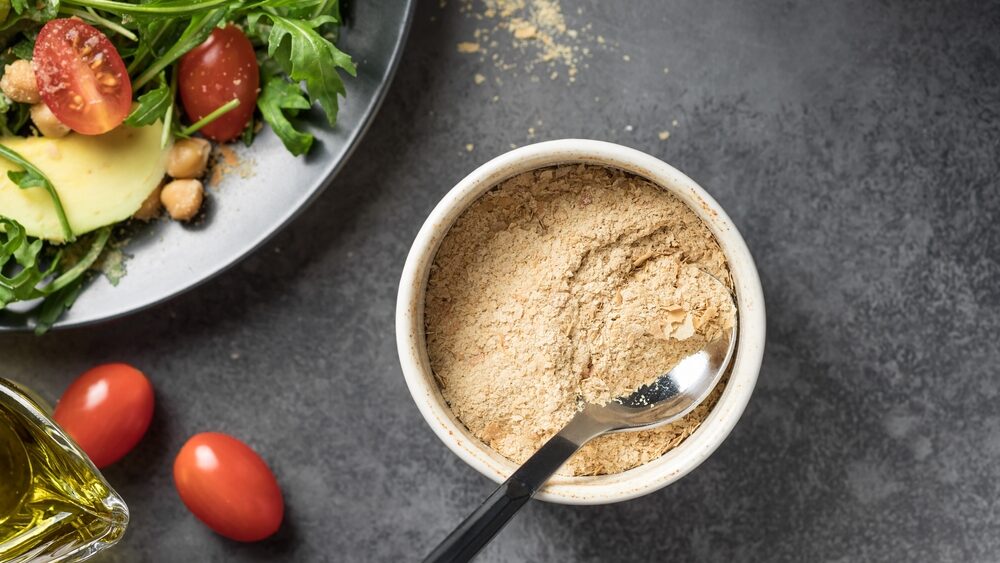In recent years, more people have embraced vegetarian and vegan lifestyles, driven by health concerns, ethical considerations, and environmental awareness. One of the most common misconceptions about these diets is that they lack sufficient protein. However, numerous plant-based protein sources are available, ensuring that vegetarians and vegans can meet their nutritional needs without sacrificing taste or variety. In this blog, we’ll look at the top plant-based protein sources, how to add them to your meals, and some tips to get the most out of your protein intake.
Understanding Protein Needs
Before you pick your protein sources, understand your protein requirements. The recommended dietary allowance (RDA) for protein varies based on age, sex, and activity level, but a general guideline is 0.8 grams of protein per kilogram of body weight. If you’re really active, you might need more protein to keep your energy up. People who don’t eat meat (like vegetarians and vegans) should eat different kinds of protein foods to get all the good stuff they need.

1. Lentils
Lentils are a powerhouse of plant-based protein. They provide about 18 grams of protein per cooked cup (240 ml). Lentils are a great source of fiber, iron, and other important nutrients. You can add them to soups and salads, or use them as a meat replacement in dishes like tacos. With so many ways to enjoy them, lentils are a versatile and healthy addition to any meal.
2. Chickpeas
Chickpeas are a good source of protein. Just one cup has about 15 grams! You can put them in salads, make hummus, or roast them for a tasty snack. Chickpeas are full of protein and fiber, so they’ll keep you feeling full and satisfied.
3. Quinoa
Quinoa is a superfood that has everything you need. It’s a complete protein, which means it has all the building blocks your body needs to grow and repair itself. And it’s gluten-free, so it’s perfect if you can’t eat wheat or other grains.
4. Tofu and Tempeh
Tofu and tempeh are yummy soy foods that are full of protein, and many people who don’t eat meat love them. Tofu contains about 20 grams of protein per cup, while tempeh packs around 30 grams per cup. Both of these ingredients can be used in many different dishes, from stir-fries to soups. They also soak up the flavors of marinades and sauces very easily. Tempeh has a nuttier flavor and firmer texture than tofu, providing additional culinary options.
5. Edamame
Edamame, which are young soybeans, are a yummy and healthy snack. Just one cup of cooked edamame has about 17 grams of protein. They can be enjoyed steamed and sprinkled with sea salt or added to salads and stir-fries for an extra protein boost. Edamame is a tasty treat that’s good for you, too. It has healthy fats and fiber.
6. Chia Seeds
Chia seeds may be small, but they are mighty in terms of nutrition. One ounce (28 grams) of chia seeds provides approximately 5 grams of protein. Chia seeds are packed with healthy fats called omega-3s and fiber. You can add them to your morning smoothie, oatmeal, or even make a tasty chia pudding. This makes them a great way to start your day or enjoy a healthy snack.
7. Nuts and Nut Butters
Nuts are a great snack that can give you energy and help you stay healthy. They are packed with protein, healthy fats, and fiber. Almonds, walnuts, and peanuts all contain around 6-8 grams of protein per ounce. Nut butters, such as almond butter or peanut butter, are also high in protein, offering about 7-8 grams per two tablespoons. Spread nut butter on whole-grain toast, add it to smoothies, or enjoy it with fruit for a satisfying snack.
8. Seitan
Seitan, also known as wheat meat or wheat gluten, is a popular meat substitute among vegans. It contains about 25 grams of protein per 3.5-ounce (100-gram) serving. Seitan has a chewy texture, making it an ideal ingredient for stir-fries, sandwiches, or as a grilled protein option. However, those with gluten sensitivities should avoid it.
9. Spirulina
Spirulina is a kind of algae that looks blue-green. It’s often sold as powder or pills. It contains about 4 grams of protein per tablespoon and is packed with vitamins and minerals. Adding spirulina powder to smoothies or energy bars can enhance their nutritional value and protein content.
10. Nutritional Yeast
Nutritional yeast is a deactivated yeast that provides a cheesy flavor, making it a popular choice for vegans. Two tablespoons of nutritional yeast have around 8 grams of protein. You can sprinkle it on popcorn, pasta, or salads to make them more flavorful and give yourself an extra protein boost.

Tips for Optimizing Plant-Based Protein Intake
– To get all the building blocks you need for strong muscles, try mixing different plant proteins together, like beans, lentils, and nuts. For example, pairing beans with rice or whole grains with legumes creates a complete protein.
– Are you getting enough protein in your diet? Try planning your meals ahead of time! This will help you choose a mix of different protein-rich foods. This strategy allows you to stay on track and meet your nutritional needs.
– Snack Smart: Incorporate protein-rich snacks, such as nuts, seeds, or hummus, to keep your energy levels stable throughout the day.
– Stay Informed: Keep learning about plant-based nutrition to discover new ingredients and recipes that suit your tastes and needs.
Conclusion
Eating plant-based protein is good for you and the planet. Lentils, chickpeas, quinoa, and other plant foods are delicious and can help you get the protein you need. A balanced diet with lots of different foods will help you stay healthy as a vegetarian or vegan. Whether you want to eat all plant-based or just add more plant foods to your meals, these protein sources will keep you feeling strong and full.



